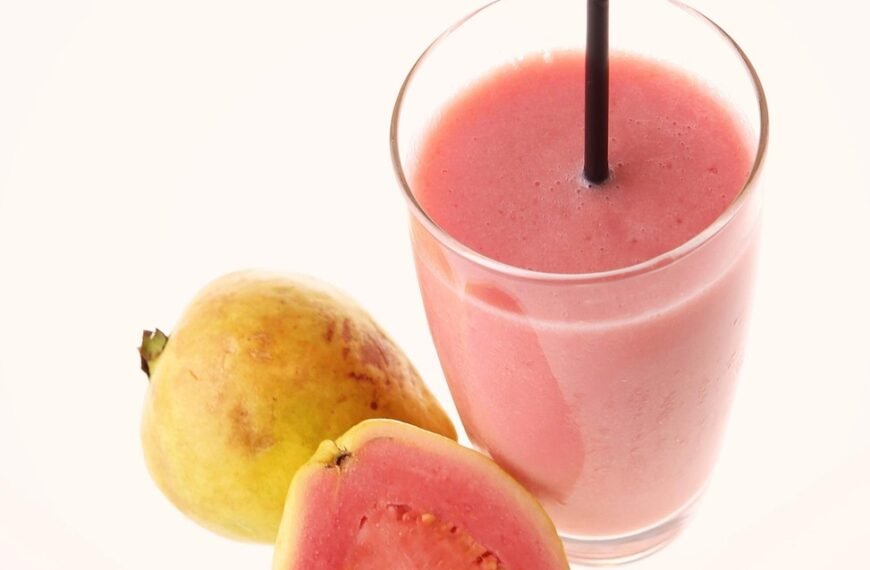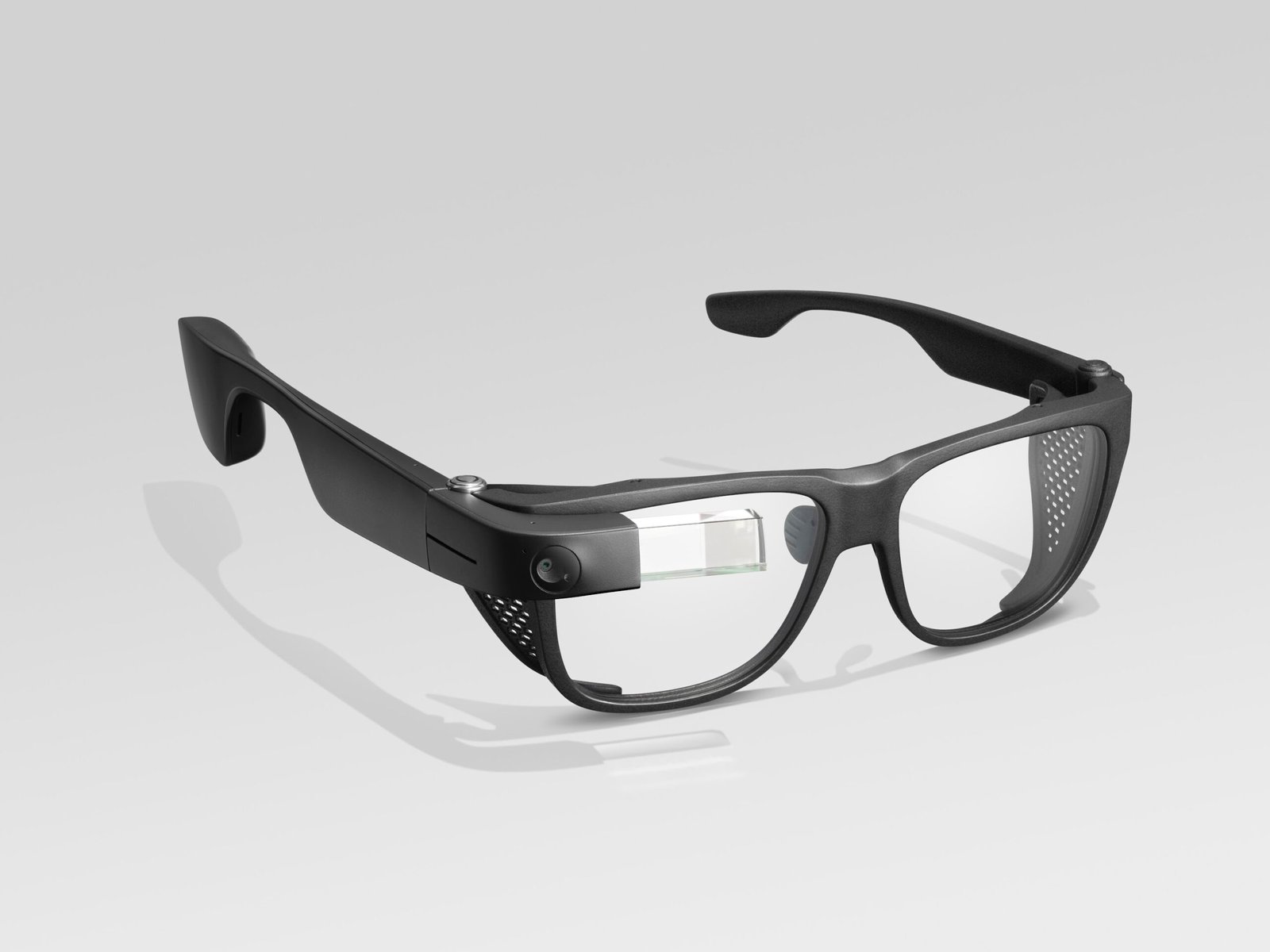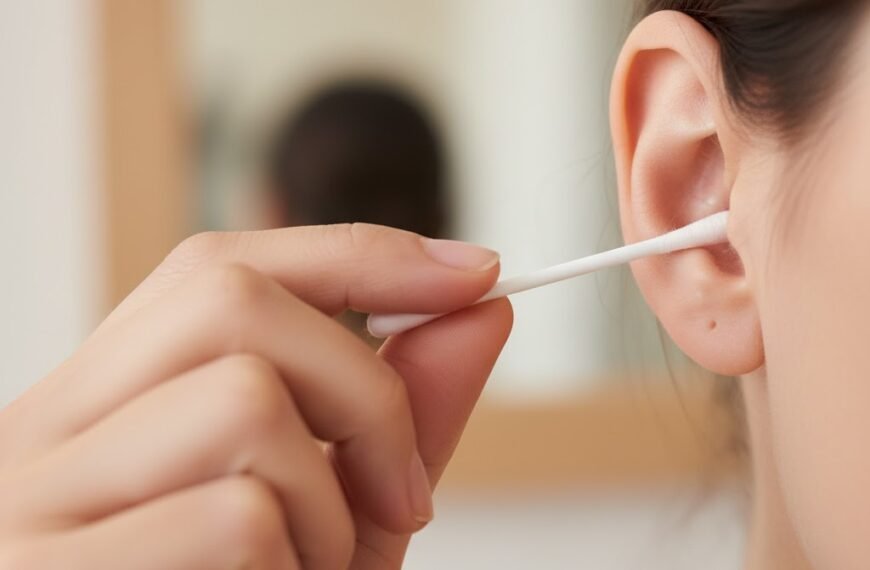The Mystery of Water Wrinkles
After just 3-5 minutes in warm water, our fingertips transform into distinctive wrinkled patterns. Scientists now understand this isn’t simply water absorption, but an active neurological response. When submerged, our nervous system triggers blood vessel constriction in the fingers, causing the skin to fold into characteristics ridges. This evolutionary adaptation may have given our ancestors better grip in wet environments – research shows wrinkled fingers handle wet objects 12% more efficiently by channeling water away like tire treads.
What Your Wrinkles Reveal About Your Health
The speed and pattern of finger wrinkling serves as an unexpected health indicator. Neurologists note that delayed or asymmetric wrinkling can signal underlying conditions. People with diabetes often show reduced wrinkling response, while cystic fibrosis carriers may experience excessive palm wrinkling. Notably, uneven wrinkling between hands could be early Parkinson’s warning, revealing nervous system imbalances.

Unanswered Questions
Several mysteries remain about this common phenomenon. Woman typically take longer to develop water wrinkles than men, and the effect disappears within 20 minutes of drying – despite no apparent disadvantage to keeping wrinkled fingers. Some researchers suggest the temporary nature relates to touch sensitivity, as many people report unusual sensations when handling objects with pruney fingers.
A Window Into Human Evolution
The fact that only fingers and toes wrinkle suggests specialized adaptation. Japanese macaques are the only other primates known to share this trait, hinting at possible evolutionary advantages for tree-dwelling or aquatic foraging ancestors. Interestingly, the effect is less pronounced in saltwater, potentially indicating freshwater origins for this adaptation.


















